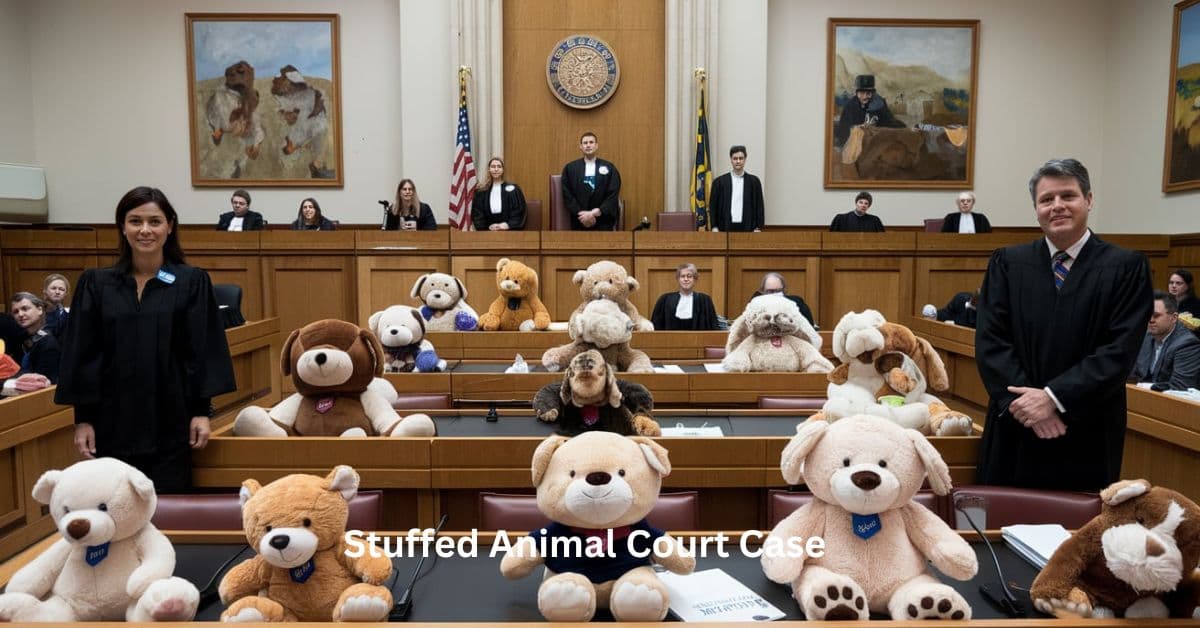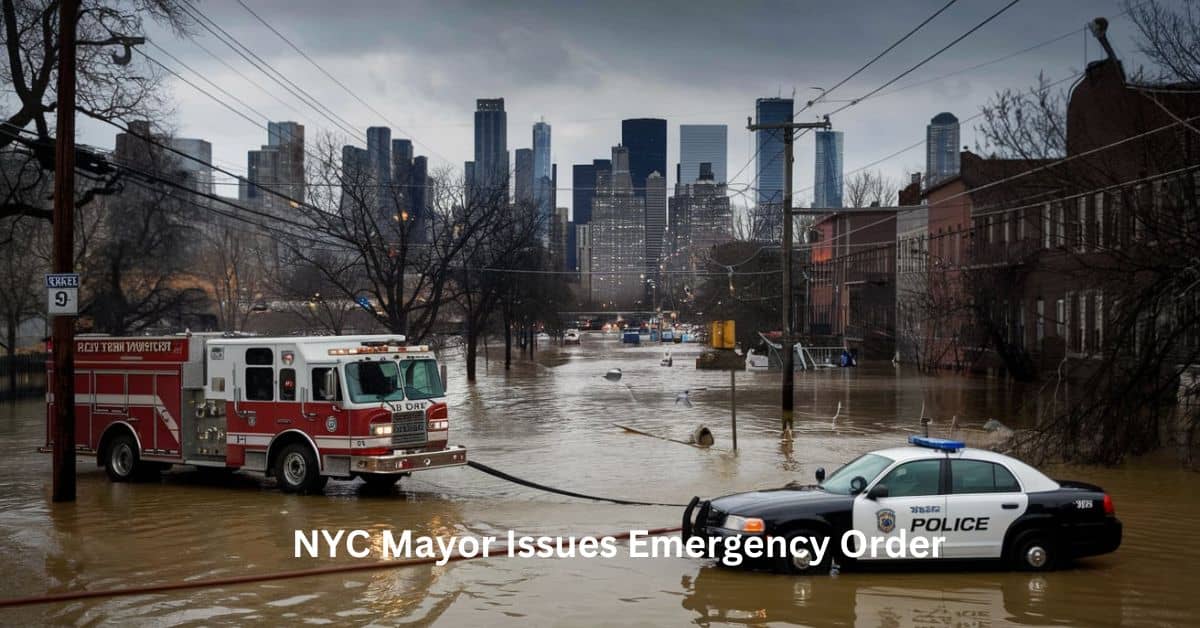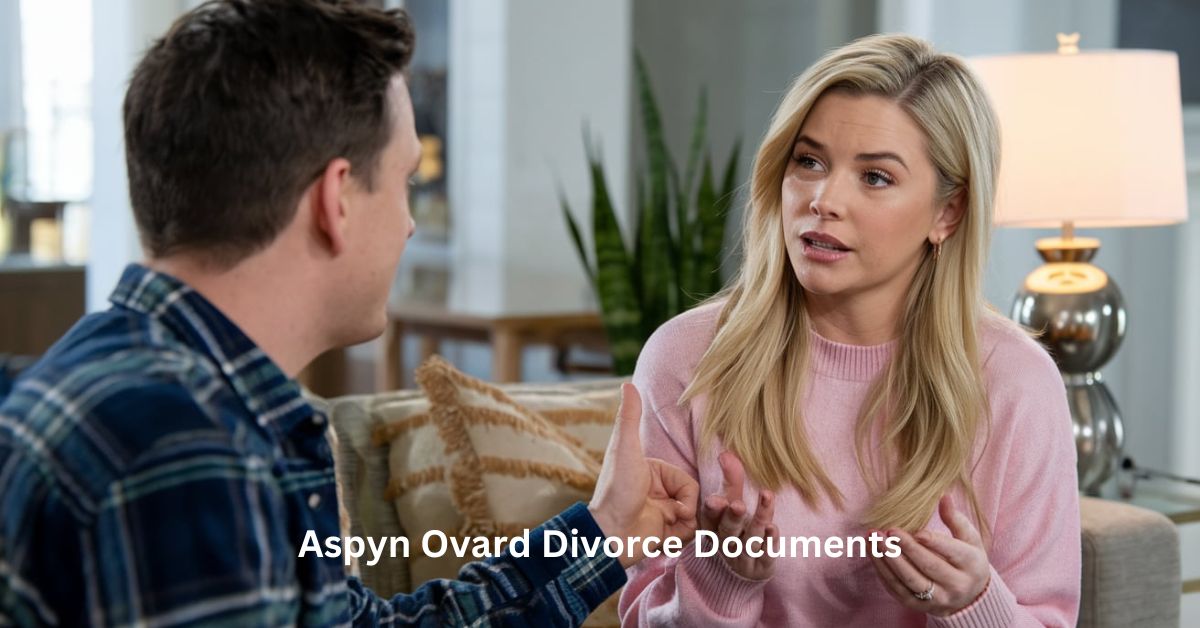What Does WDYLL Mean: A Comprehensive Guide

In the world of online communication, acronyms, abbreviations, and slang terms have become integral to how we interact on the internet. One of these terms is “WDYLL,” which stands for “What Do You Look Like?” While it might seem simple on the surface, the history, meaning, and use of WDYLL have evolved over time. This guide will provide you with a complete understanding of the term, how it’s used, its origin, and the role it plays in modern communication.
What Does WDYLL Mean?
At its core, “WDYLL” means “What Do You Look Like?” It’s a way of asking someone to describe or show their appearance, often used in online conversations when people want to know more about the person they are chatting with. This abbreviation became common in the early days of online chatting, specifically during the rise of AOL Instant Messenger (AIM) and early text messaging in the 1990s and early 2000s.
While it might seem like just a simple inquiry, its use often implies curiosity and sometimes an effort to build a more personal connection in a virtual conversation. These three letters carry a much larger meaning in the context of internet culture, identity, and online relationships.
Origin of WDYLL
The origin of “WDYLL” can be traced back to the early days of the internet, particularly during the era of AOL Instant Messenger (AIM). AIM was a popular platform where people could chat with each other in real-time. At the time, internet users weren’t accustomed to video chats or social media profiles with readily available images. Therefore, abbreviations like “WDYLL” emerged as a common question in chats, asking for descriptions or photos to better understand who the person they were talking to was.
WDYLL became a fast way of bridging the gap between anonymous online interactions and the desire to know more about someone’s physical appearance.
How is WDYLL Used?
In today’s world, WDYLL is less common than it once was due to platforms like Instagram, Snapchat, and Facebook, where people are already showcasing their looks through profile pictures and photo-sharing posts. However, you may still encounter this term in various contexts like online forums, certain messaging apps, or in throwback conversations.
Here are some typical contexts where “WDYLL” might still be used:
- Online Dating: Someone might ask “WDYLL” if they’re curious about your appearance after exchanging a few messages on a dating app.
- Anonymous Chat Rooms: Platforms like Reddit or old-school forums, where user anonymity is valued, may still see the occasional “WDYLL” as people try to get a better sense of who they’re talking to.
- Throwback Conversations: Some people use “WDYLL” in a nostalgic way, harking back to the earlier days of the internet.
The Evolution of Online Communication
When “WDYLL” first became popular, the internet was a very different place. There were no ubiquitous social media platforms, no image-based profiles, and certainly no video chats that we have today. People relied on text-based communication, and the lack of visual interaction left room for curiosity about how someone looked. The term “WDYLL” arose from this context as a practical and quick way to satisfy that curiosity.
Early Internet Culture and WDYLL
During the late 1990s and early 2000s, people flocked to online chat rooms, message boards, and instant messaging platforms. Since these platforms didn’t support image sharing as easily as modern social media does, users primarily communicated through text. Terms like ASL (Age, Sex, Location) and WDYLL became shorthand for some of the most basic personal inquiries.
While “ASL” focused more on general information about someone’s demographic, WDYLL was more personal, asking about appearance specifically.
At the time, sharing a picture was not as simple as it is today. In some cases, users would exchange email addresses and send a digital photo via email, while others might have to describe themselves through text. In either case, WDYLL was a common starting point for these conversations.
Why is WDYLL Less Common Now?
Fast forward to today, and the landscape of online communication has changed dramatically. Social media platforms have almost eliminated the need for abbreviations like WDYLL. Most people have photos of themselves on their profiles, so asking someone “what do you look like?” isn’t as necessary.
Moreover, the rise of video chatting through apps like Zoom, Facetime, and Google Meet has made real-time visual interaction more accessible, further reducing the need for a question like “WDYLL.”
That said, WDYLL hasn’t disappeared completely. It’s simply less relevant in an era where people can easily display their appearance on various platforms.
WDYLL and Online Relationships
In the world of online relationships, physical appearance often becomes a point of curiosity. Whether you’re chatting with someone for the first time or developing a deeper connection, knowing what the other person looks like can add a new dimension to the interaction.
When someone asks “WDYLL,” it might mean they are trying to form a more personal bond or move the conversation to a deeper level. However, depending on the context, the question might be seen as intrusive, especially in spaces where anonymity is valued.
When Is It Appropriate to Use WDYLL?
It’s essential to understand when asking someone “WDYLL” is appropriate and respectful. Here are some factors to consider:
- Context of the Conversation: If you’re in a casual conversation with someone and feel comfortable with each other, asking WDYLL might seem natural. However, if the conversation is formal or in a professional setting, it can feel out of place or invasive.
- Anonymity: In some spaces, people prefer to remain anonymous. In such cases, asking “WDYLL” might be seen as an invasion of privacy.
- Mutual Comfort: Before asking “WDYLL,” make sure both parties are comfortable sharing personal details. Not everyone is open to discussing or sharing their physical appearance online.
The Role of Appearance in Online Identity
In the digital age, our online identities are often shaped by the profiles we create and the images we share. But during the earlier days of the internet, identity was almost entirely text-based, and appearance became a more mysterious and sometimes central part of getting to know someone online.
Today, appearance is still an essential aspect of our online identities, but there’s less emphasis on asking someone directly about their looks. Instead, we often assume people will share pictures through social media platforms, or we can find photos associated with their accounts. This shift has made WDYLL somewhat obsolete in many contexts but remains a throwback to a time when online identities were more fluid and mysterious.
Acronyms and Slang: The Broader Context
WDYLL is just one of the many acronyms used in online conversations. Acronyms help people communicate more efficiently, saving time by shortening common phrases. Some other acronyms from early internet days include:
- BRB: Be Right Back
- LOL: Laughing Out Loud
- ASL: Age, Sex, Location
- TMI: Too Much Information
While some of these terms are still commonly used, others, like WDYLL, have become less prevalent as internet communication has evolved.
Modern Alternatives to WDYLL
In today’s digital world, the question of “WDYLL” is often replaced by visual cues. Platforms like Instagram, Snapchat, and TikTok emphasize the visual aspect of communication, allowing people to share pictures and videos rather than describing their appearance through text.
Instead of typing out “WDYLL,” users can send photos, post stories, or engage in video chats. As a result, the need for this acronym has diminished significantly.
However, in settings where anonymity is still valued or where visual elements aren’t as dominant, WDYLL could still make sense as a way to ask someone about their appearance.
Why Understanding WDYLL Still Matters
Even though WDYLL isn’t as commonly used as it once was, understanding the acronym and its history is essential for appreciating the evolution of online communication. It highlights how the way we communicate has changed and how certain aspects of online interactions have become less relevant as technology advances.
It also helps to understand the cultural context of early internet usage, where people connected in chat rooms, message boards, and instant messaging apps without the visual elements we take for granted today.
If you ever come across “WDYLL” in old conversations or forums, you now have a better understanding of its meaning and how it fits into the broader history of online communication.
FAQs About WDYLL
1. What does WDYLL mean in texting?
WDYLL stands for “What Do You Look Like” and is often used to ask someone about their appearance in online conversations.
2. Is WDYLL still commonly used?
While WDYLL was more common during the early days of the internet, it is less frequently used today due to the rise of social media platforms that allow people to share pictures and videos.
3. Where did WDYLL originate?
WDYLL originated during the late 1990s and early 2000s in chat rooms and on platforms like AOL Instant Messenger. It was used as a quick way to ask someone about their appearance.
4. Is it appropriate to ask someone WDYLL?
Whether it’s appropriate to ask WDYLL depends on the context of the conversation. In casual settings where both parties are comfortable, it might be fine. However, in more formal or anonymous environments, it can come off as intrusive.
5. What are some modern alternatives to WDYLL?
Today, instead of asking “WDYLL,” people are more likely to share photos or videos through social media platforms like Instagram, Snapchat, and TikTok.
6. What other acronyms were popular during the early internet era?
Some other popular acronyms from the early internet era include ASL (Age, Sex, Location), BRB (Be Right Back), and LOL (Laughing Out Loud).
7. Why did WDYLL fall out of common use?
WDYLL fell out of common use due to the rise of image-based social media platforms and video chat technologies, which made asking someone about their appearance through text less necessary.










